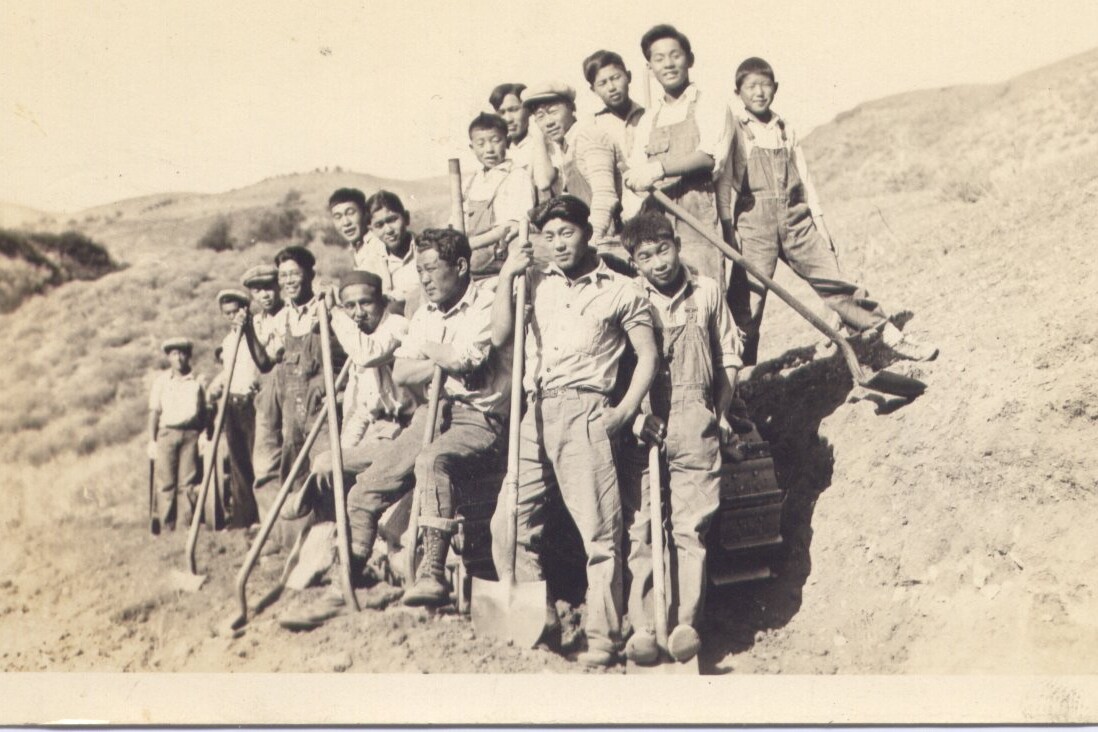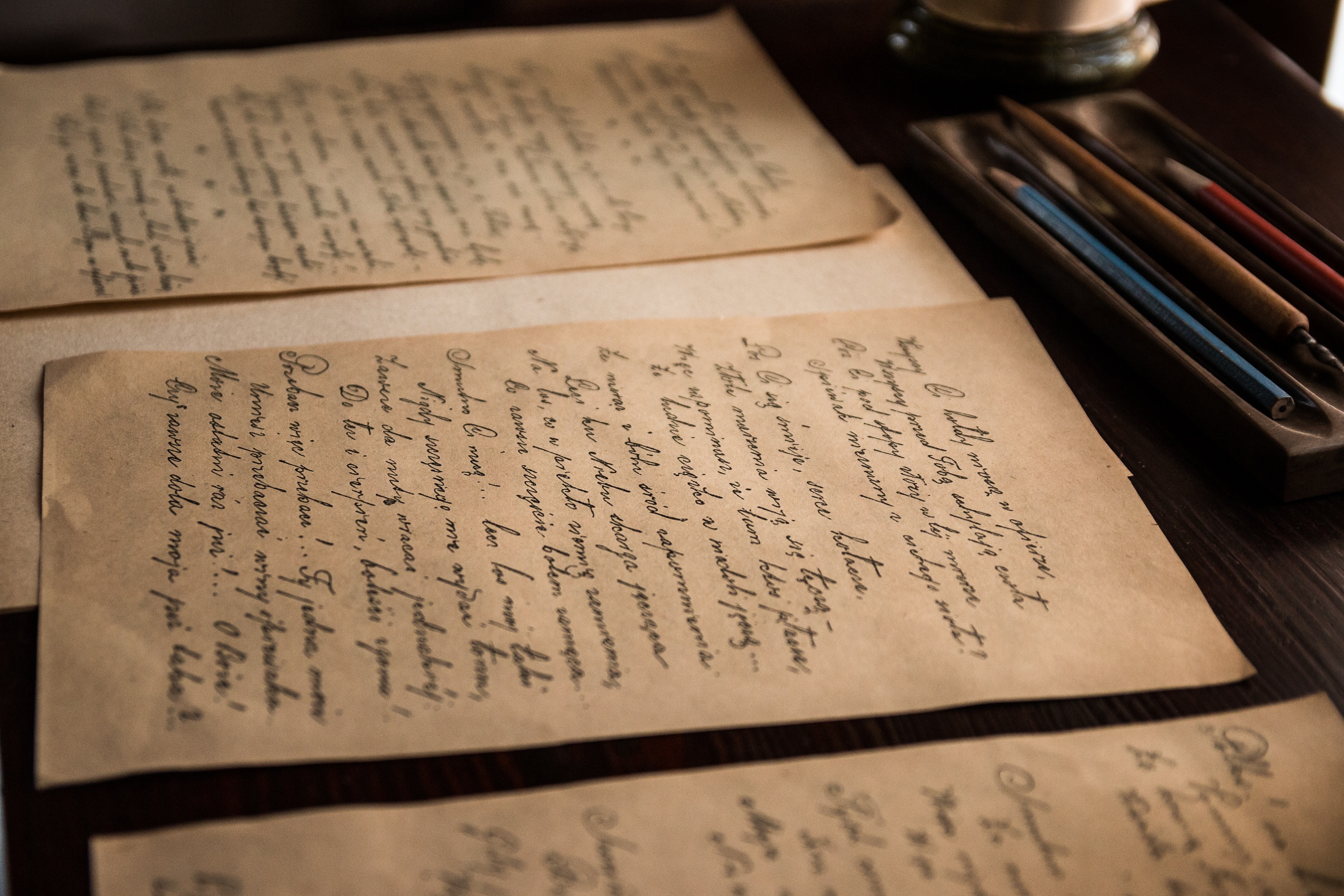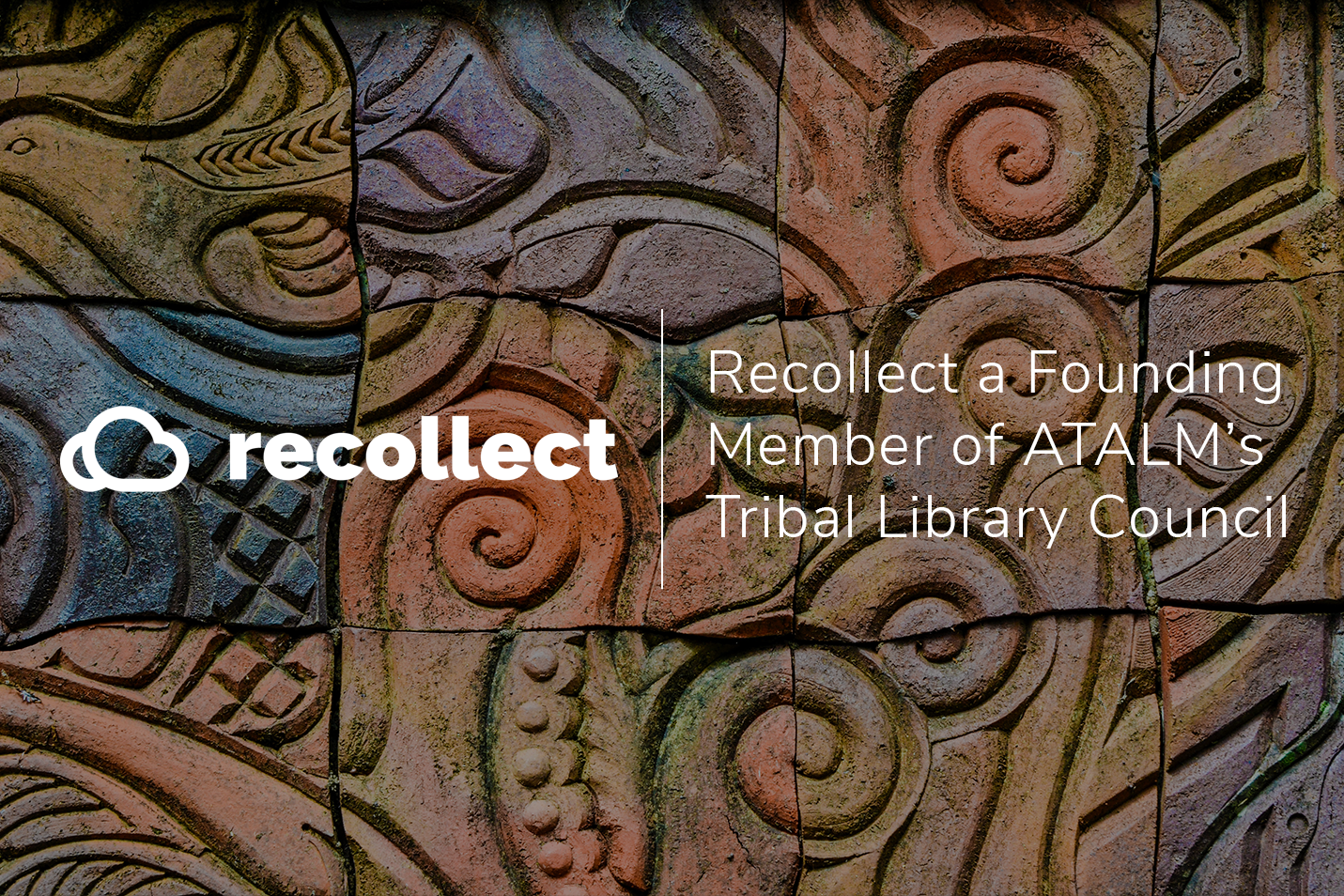Montana, located in the western United States, spans the treacherous Rocky Mountains, the Great Plains, and Glacier National Park. It is often called the Treasure State because of the various rich mineral deposits that can be found there — including gold, silver, copper, lead, zinc, coal, and oil.
The valuable terrain and the diverse people inhabiting this vast area meant the accumulation of a complex history that holds fascinating stories.
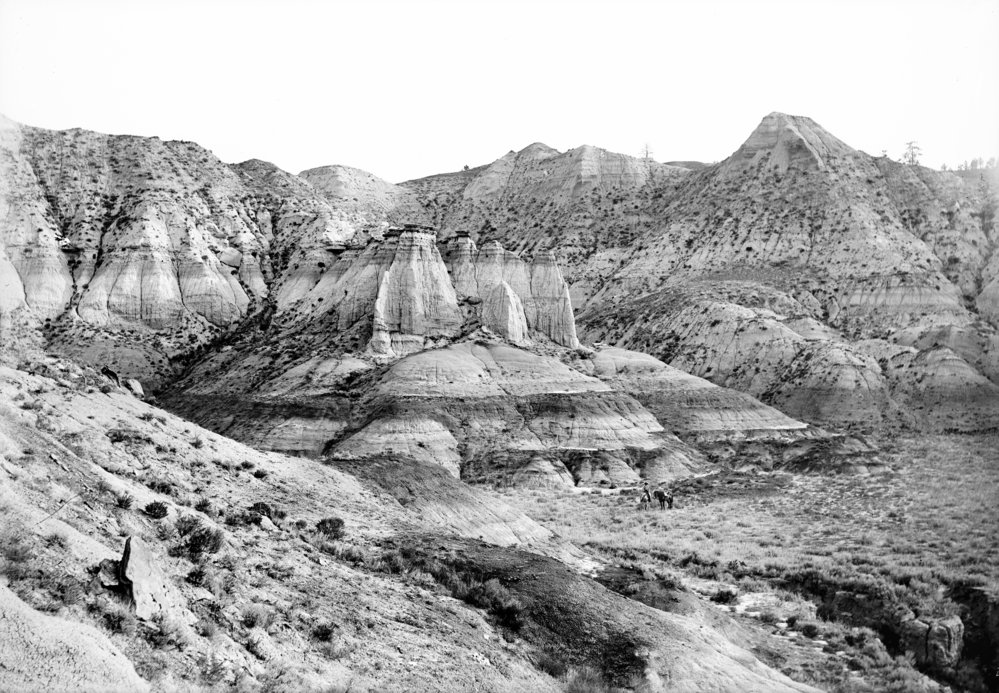
The Montana History Portal (MHP) recently migrated to Recollect from another platform so that it could better showcase its extensive online collections. MHP works as a state-wide digital repository and was launched in 2008 by the Montana State Library in partnership with the Montana Historical Society. Its collections consist of a wide array of documents, photographs, letters, journals, maps, ephemera, military enlistment cards, prison records, and livestock brands.
Jennifer Birnel, director of the MHP, explains that the repository originated from a desire to see if digitisation efforts could make a difference to the community’s access to content. “Since launching we have kept expanding the scope of the project. Now we are collecting resources from over 80 partners: Montana museums, archives, and libraries from all across the state.”
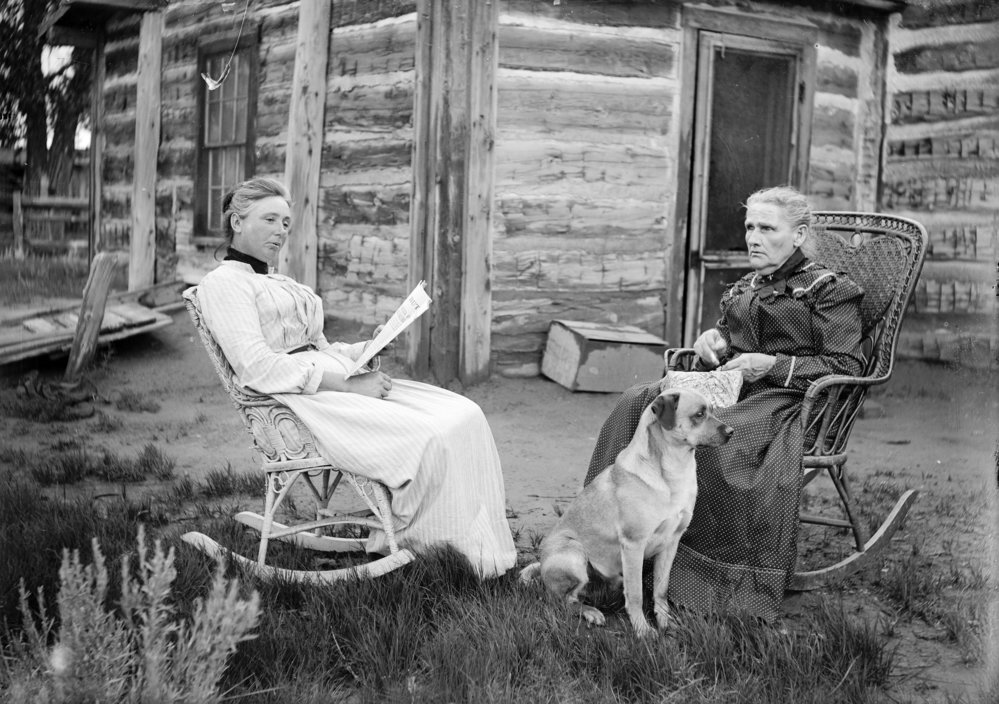
The key focus of MHP is to make sure that unique archival content is digitised and made available online. Jennifer’s goal is to work with even the smallest communities because they will often have unique collections that are not easily accessible. Montana is a large state and it can be very difficult to travel to these communities, so MHP works with those communities to make their valuable collections available online.
Journey to Recollect
The project grew fast through the continual addition of content, and it became clear MHP required a new platform to handle its collections. Recollect was chosen above competitors because of its countless customisation options, its easy tools for contributors to add content, its strong focus on community engagement, and its ability to build narratives or exhibits that can tell Montana’s stories.
MHP’s migration to Recollect is nearly complete, and with over 75,000 items to relocate, it was a monumental task. Jennifer says that MHP’s next steps are to refine metadata, begin to accept new content again, and create narrative pages to tell stories.
“Narrative pages are going to be a huge timesaver, especially for educational purposes, like rolling them out to teachers so they can share it with their students. We’re also looking forward to turning on Recollections, captioning, suggested edits, crowd sourcing transcripts, as well as work toward accepting contributions from peoples’ personal collections.”
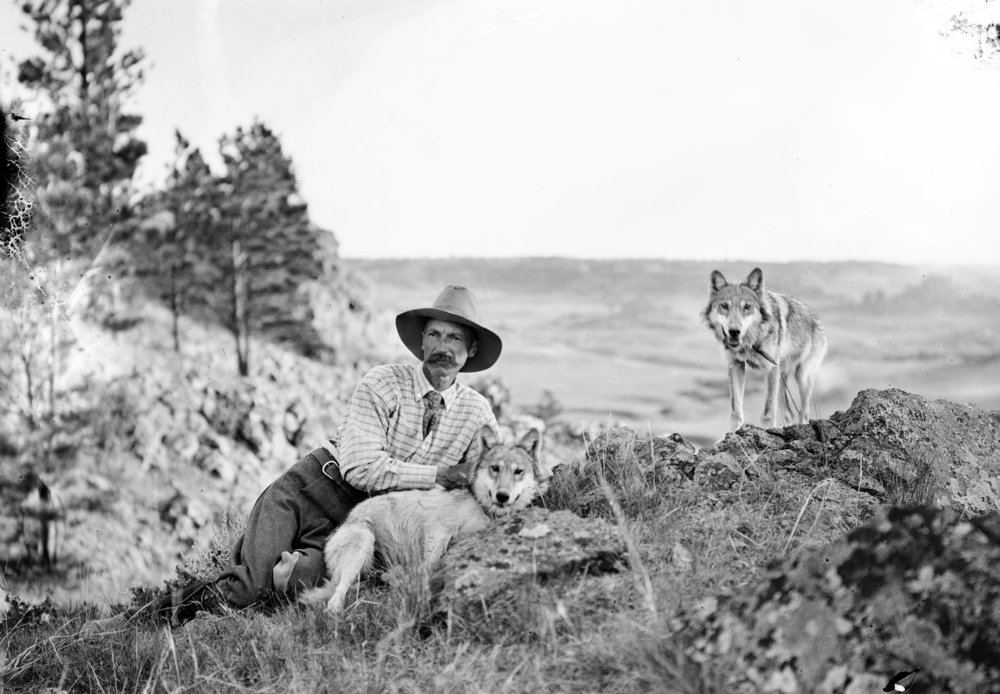
Enabling crowd-sourcing to create transcripts is a feature that Jennifer thinks is going to be really useful.
“Our community’s interest will be piqued — we have so many transcripts from OCR that need to be cleaned up and a large selection of hand-written documents that don’t have transcripts at all — it will vastly improve the search results.”
Collection Highlights
Livestock Brands
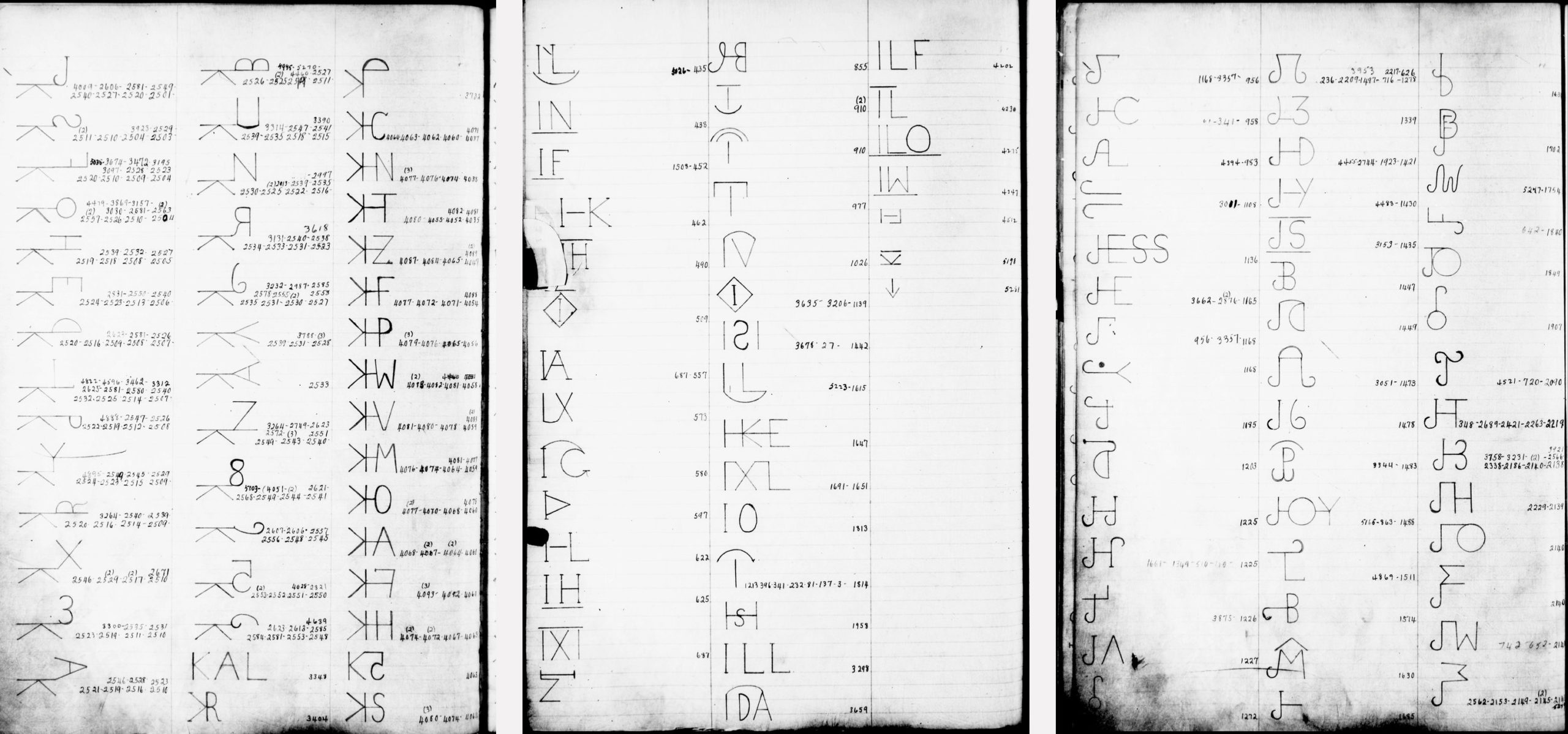
One of the collections that gets used frequently by MHP’s community is the livestock brands which date from 1873 right through to 1980. A livestock brand is a design that is seared onto the hide of an animal (such as cattle or other livestock) and identifies the owner. Each brand is distinctive so that lost or stolen animals can be returned to their rightful home.
In Montana, livestock brands are incredibly important for genealogy and family history research. Brands are passed down from generation to generation and they either stay with the ranch or within a family. Each brand has a story of its own and presents a unique way to trace people’s movements.
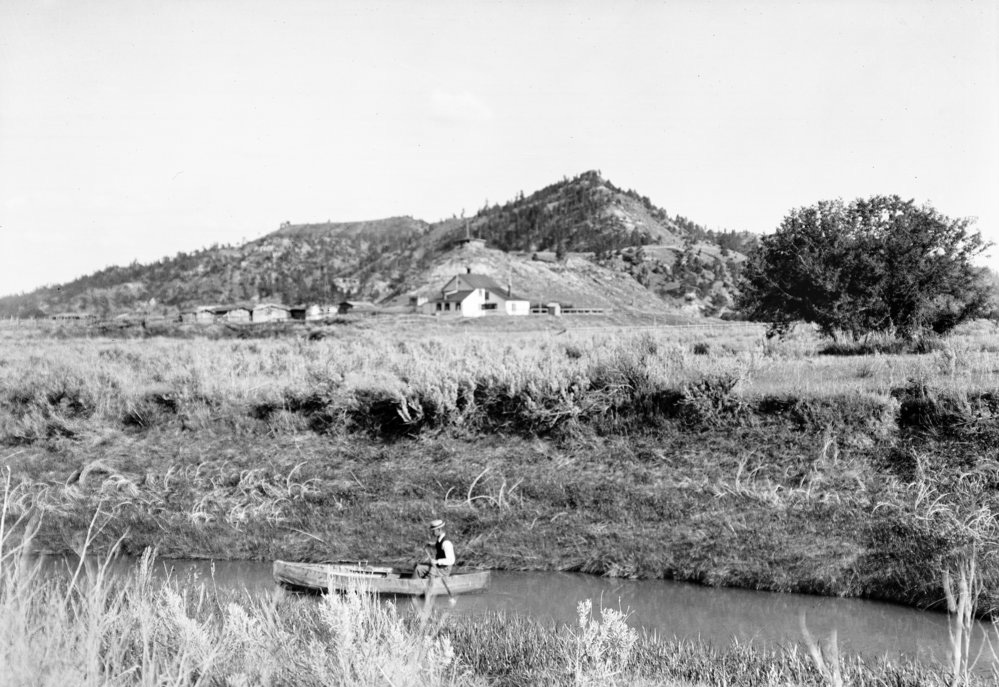
Tyler Hersey, Recollect’s Business Development Manager, describes how he was able to use MHP’s livestock brands to remember a special time during his childhood:
“I have a fond memory of a western trip to Montana when I was young, and I knew I had visited a ranch but I couldn’t remember which one… All I could remember was that it was circle something. I browsed the livestock brands on MHP and ran a search for “circle ranch”, and the Circle Bar Ranch popped up, which turned out to be the one I was looking for! I could trace the brand’s ownership – it had been around for 100 years! From that one thread of information, I discovered a whole range of different stories interlaced throughout MHP.”
William Robert (Bud) Moore photograph collection
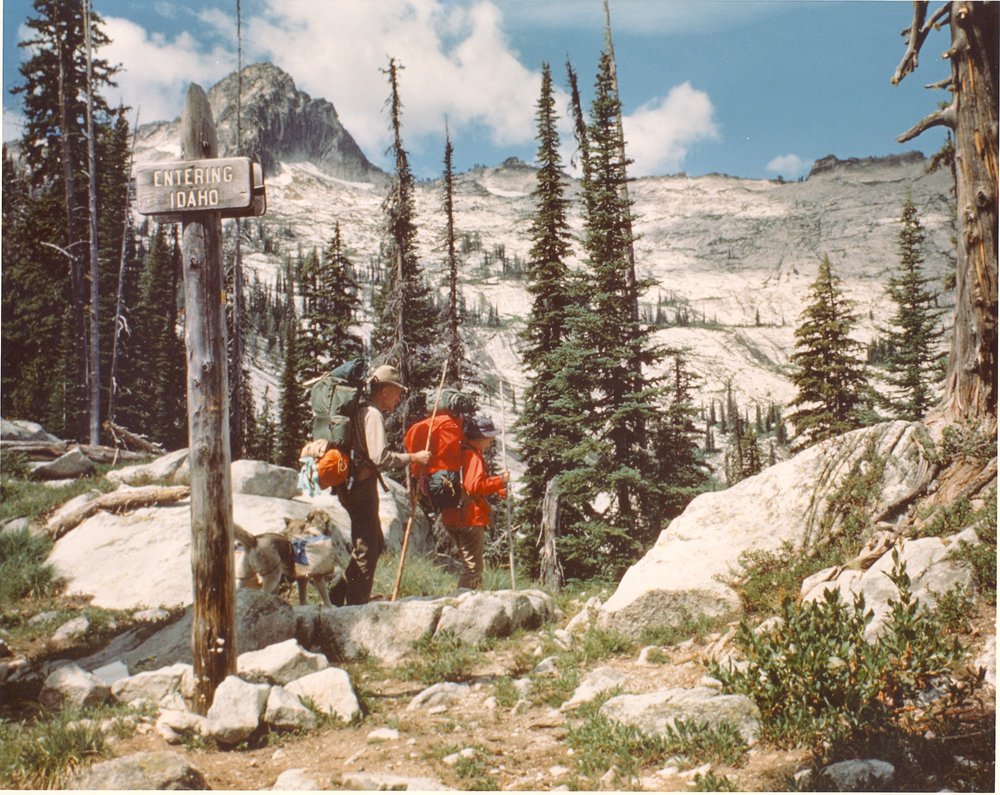
MHP’s extensive photograph collections are some of the most highly used content on the site. One that is particularly popular is the William Robert (Bud) Moore photograph collection.
Bud Moore was a well-known forester and conservationist in Montana. He was formerly the Division Chief of Fire Control and Air Operations for the Forest Service Northern Region. After he retired in 1974, he wrote and spoke on sustainable forestry, trapping, hunting, and other wilderness topics. Moore also published a novel The Lochsa Story: Land Ethics in the Bitterroot Mountains in 1996.
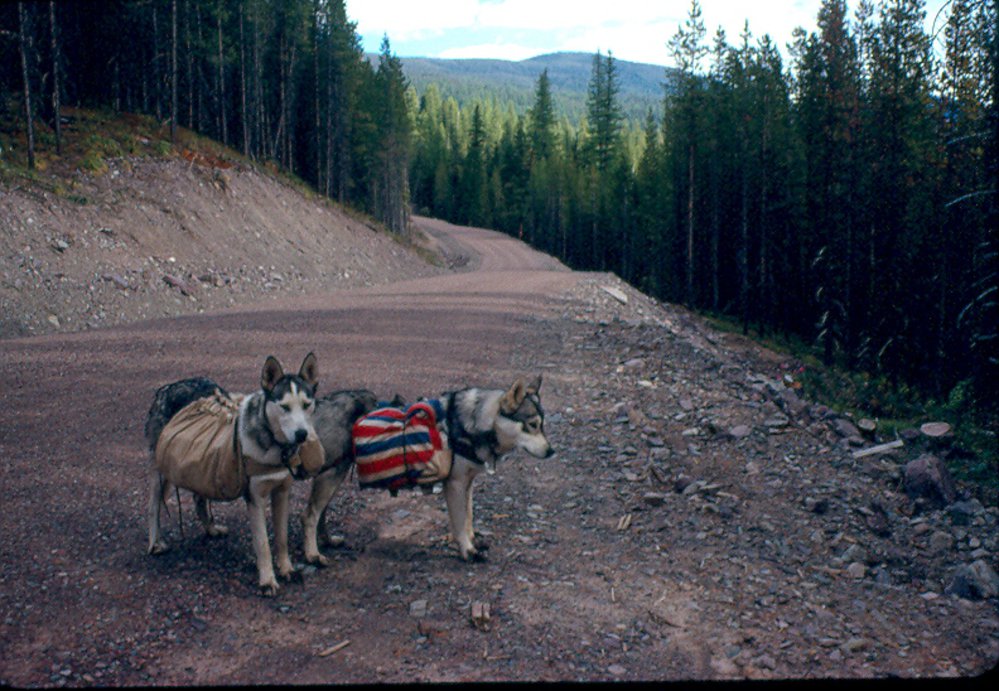
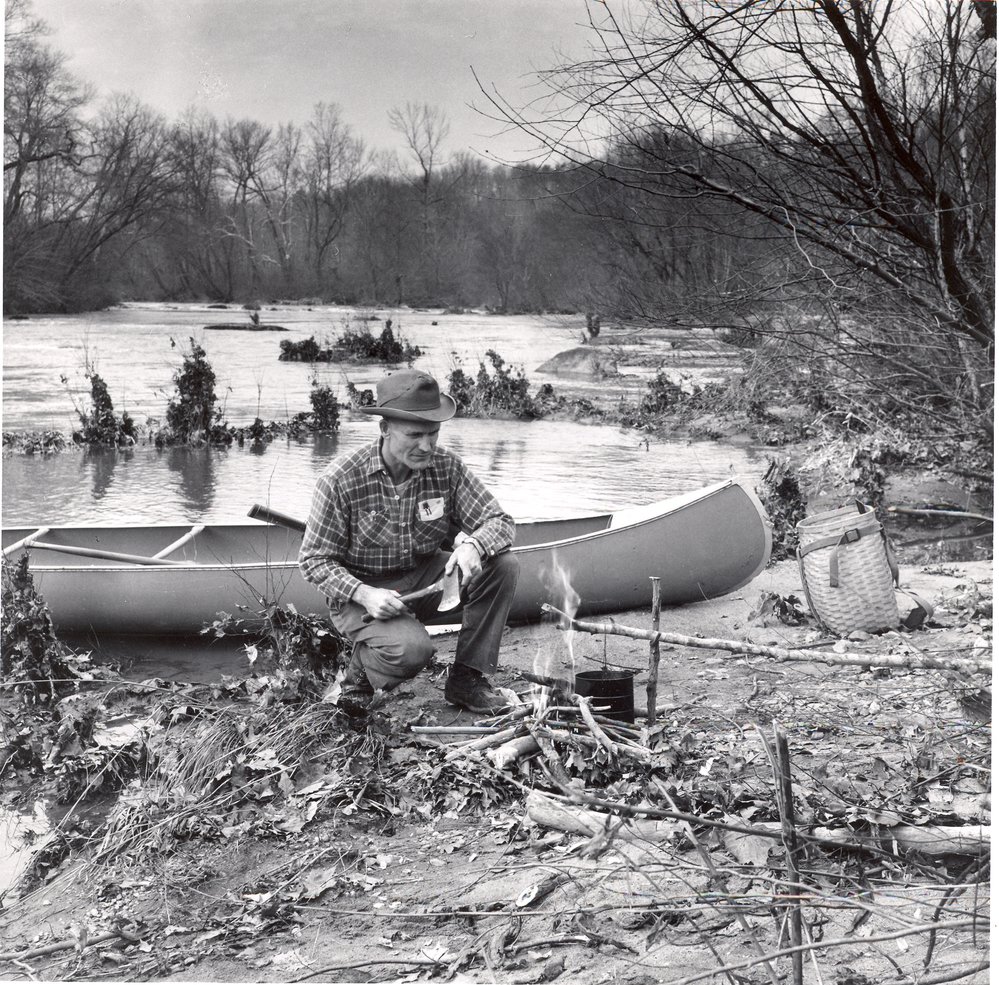
“Bud’s material is well used — there are 4,500 photographs in his collection, and 1,400 audio clips uploaded to MHP. We were able to relate and link items to each other, which was something we couldn’t do in our previous platform. I love that photographs can be related to audio. For example, while viewing a photograph you can see a link to related audio and listen to the connected information.”
Prison Records and Military Enlistment Cards
The prison records are another fascinating collection held on MHP — they provide insight into the social dynamics of the time. Sometimes it is the only place a person is documented, which can benefit genealogy research. A useful feature within this collection is the ability to sort the records by the type of crime, the location, and date.
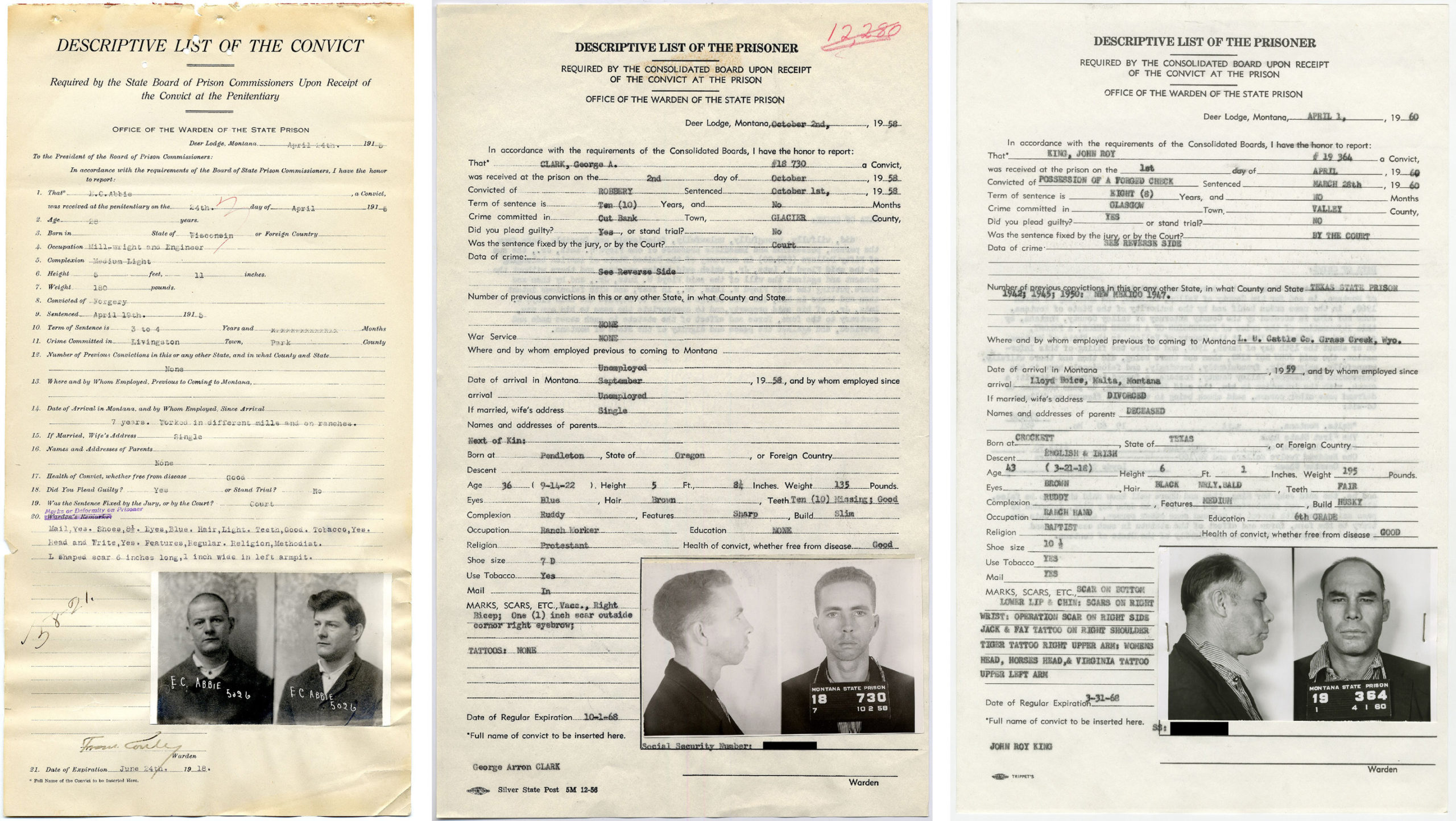
MHP’s military enlistment cards are similarly useful to genealogists and can be the key to discovering the fate of a particular person or family. The collection holds cards relating to the Spanish/American War, WW1, and WW2. If a person took part in one of those three wars and lived in Montana, then it is very likely their card can be found online. The cards provide details describing whether the person enlisted voluntarily or if they were drafted, as well as stating the end of their service — e.g., through injury, death, or separation from the military for another reason.
Evelyn Cameron collection
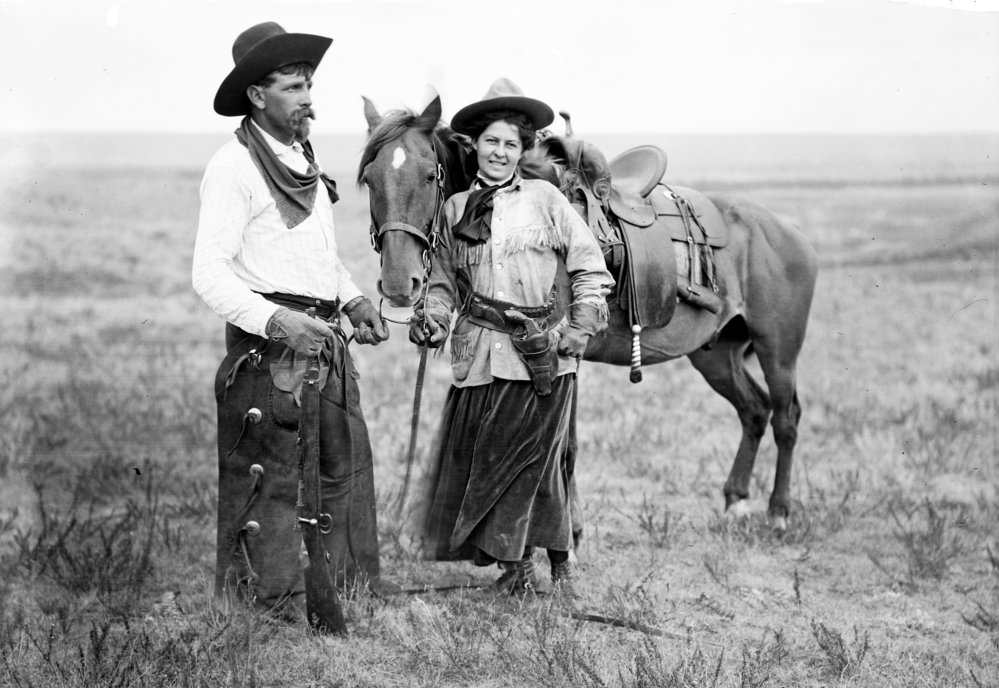
The Montana Historical Society is currently working with MHP to create narrative pages on the Recollect site, and one will feature collections associated with Evelyn Cameron. A prairie homesteader from eastern Montana, Evelyn Cameron (1868-1928) was a photographer and diarist who extensively documented her life as a pioneer from the late 1890s.
The MHP holds a substantial online collection relating to Evelyn, including digitised copies of her beautifully penned diaries and more than 600 copies of her large and well-regarded photograph collection. Evelyn’s photographs describe the old west in fantastic detail and comprehensively chronicle the lives of Montana’s early settlers — they depict cowboys, sheepherders, weddings, river crossings, freight wagons, ranch work, badlands, eagles, coyotes, and wolves.
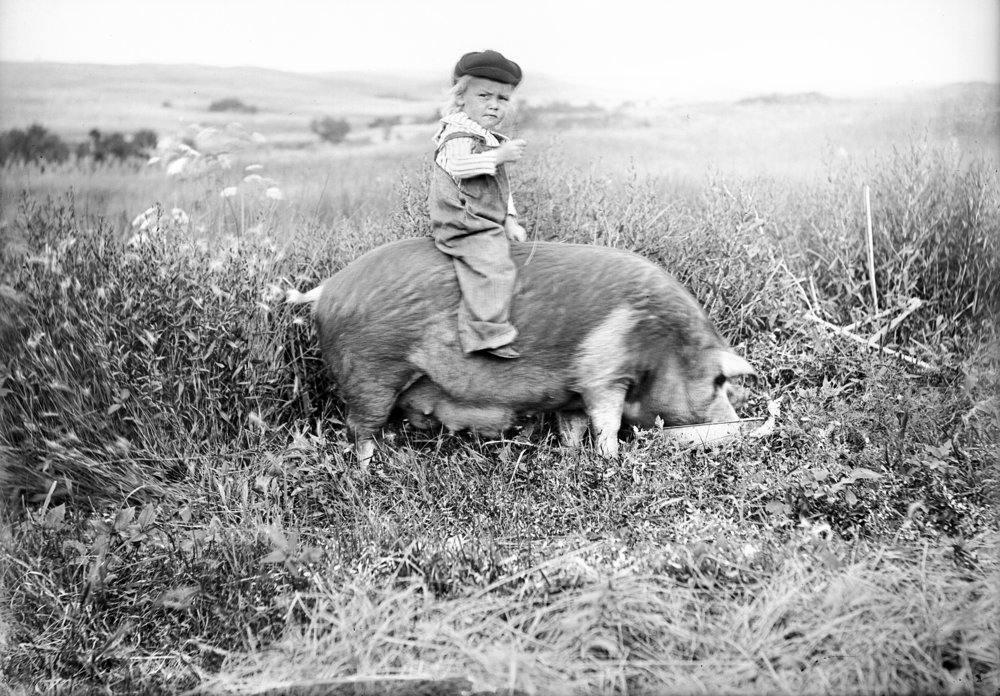
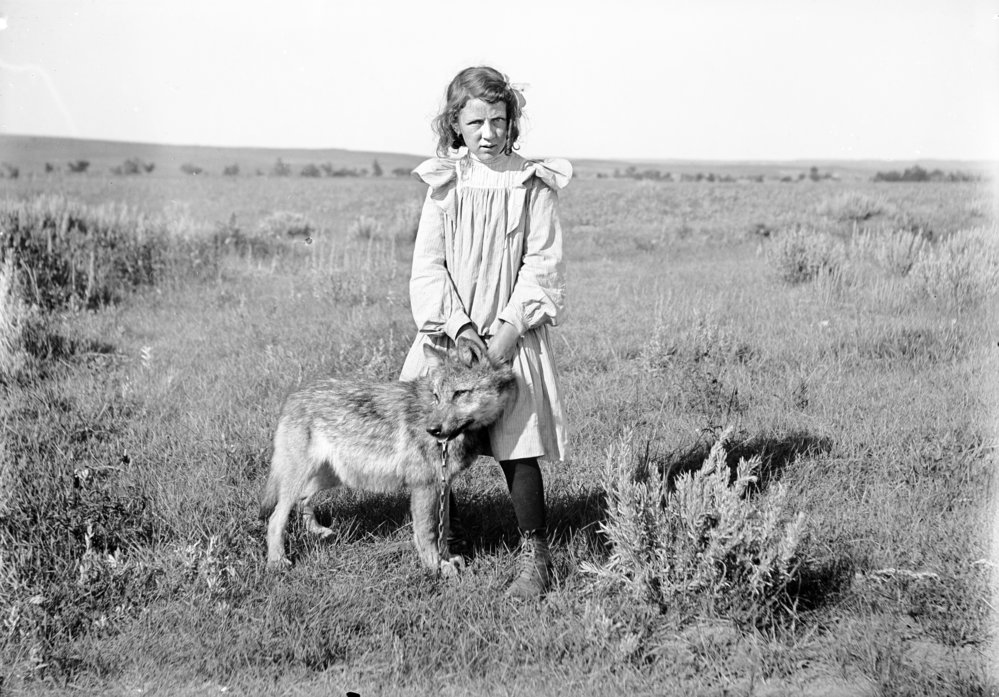
Recollect’s narrative pages help to showcase important historical figures, such as Evelyn Cameron, because it allows administrators to pull together a whole range of related information — e.g., newspaper articles mentioning the person, portraits by fellow artists, background information complied by historians, and links to known acquaintances or family can all be gathered on one page.
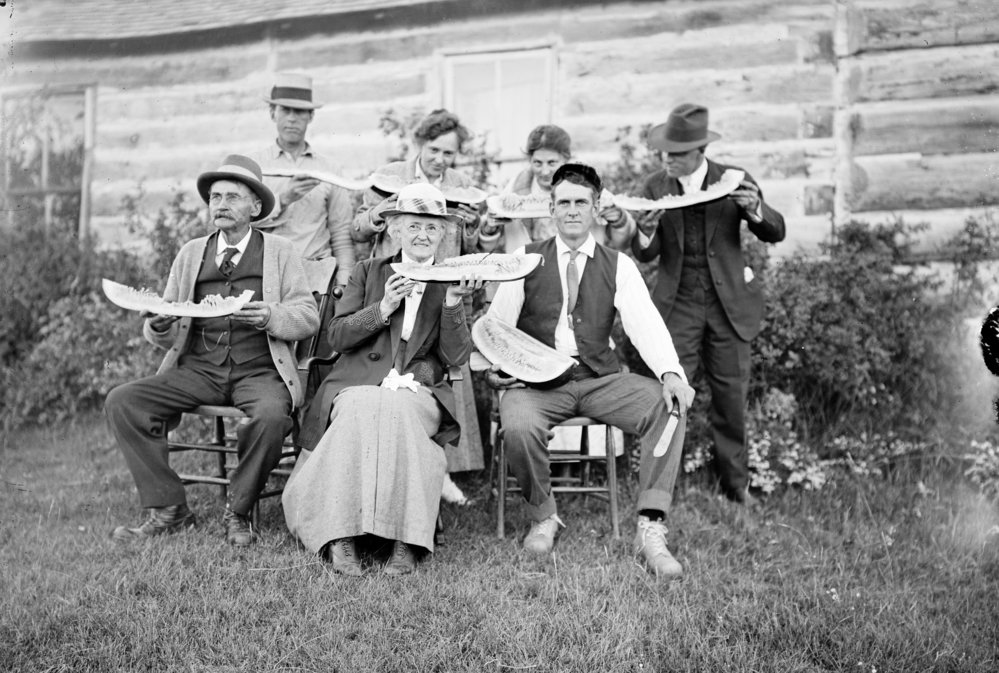
While the Montana History Portal continues to migrate its content to Recollect, it already has a staggering 66,000 items online that are available for the public to view. Recollect helps MHP successfully provide open access to digital materials relating to historical and contemporary Montana.
“In part, these collections document the Montana experience — they provide opportunities for education, genealogy research, business, pleasure, and lifelong learning.”





